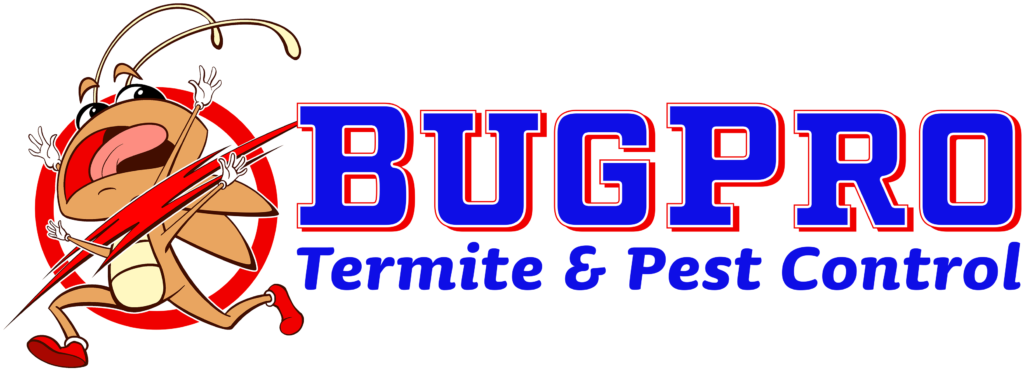The Hidden Cost of Drywood Termite Damage
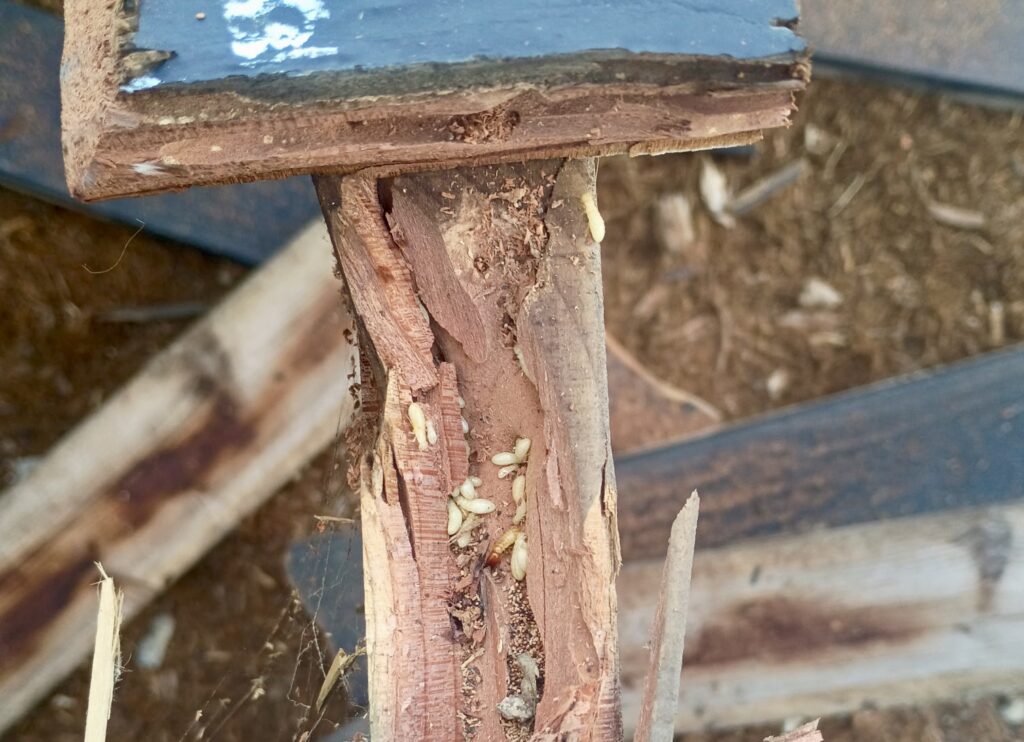
When it comes to home maintenance, many homeowners focus on visible issues like leaky roofs or peeling paint. However, one of the most insidious threats to your property often goes unnoticed until significant damage has occurred: drywood termites. These pests can wreak havoc on patios, walls, and decks, leading to costly repairs and structural damage. […]
Vikane exposure to drywood termites

Vikane gas, also known as sulfuryl fluoride, is a widely used insecticide for controlling various wood-destroying pests, most notably drywood termites. This colorless, odorless gas penetrates wood and other materials, making it particularly effective for treating infestations that are hidden from view. Its efficacy and relative safety, when properly applied, have made it a popular […]
Timbor / BoraCare

Termites are among the most destructive pests that can invade homes, causing significant damage if left unchecked. Among the various types, subterranean and drywood termites pose unique challenges for homeowners and builders alike. Fortunately, preventative treatments like Timbor and Boracare can provide effective protection for bare wood, safeguarding your property against these wood-eating invaders. Both […]
Why heat treatment sometimes fails
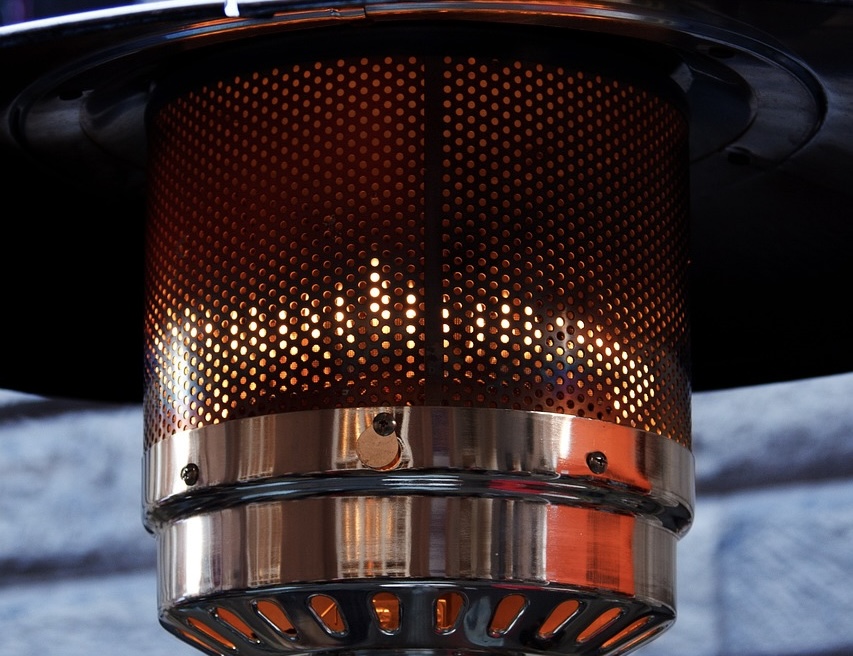
Drywood termites are notorious for their ability to wreak havoc on wooden structures, and homeowners often search for effective methods to eradicate them. One popular approach is heat treatment, which involves raising the temperature of the infested area to levels that can kill termites. However, this method is not infallible. Recent developments in California have […]
How a Dead Tree Stump Attracts Termites

Dead tree stumps are natural magnets for termites, offering an ideal environment for these wood-feeding insects to thrive. Understanding the specific factors that make a tree stump attractive to termites—both subterranean and drywood species—can provide valuable insights into termite behavior and inform effective pest management strategies. When a tree dies and its stump remains, several […]
Termites secondary reproductives
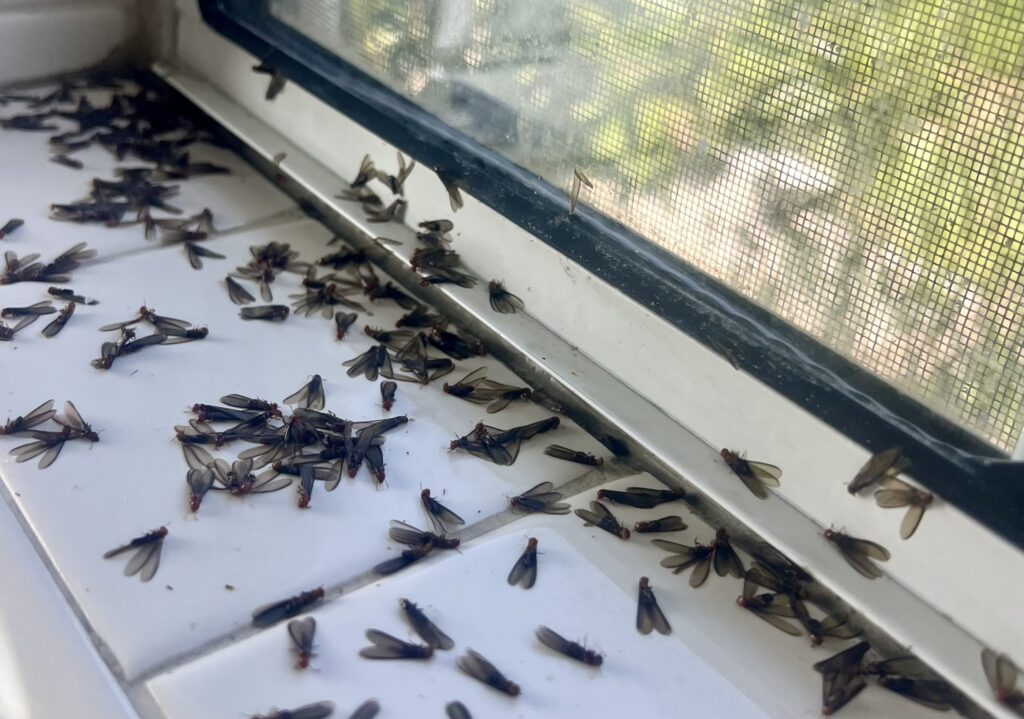
Termites are among the most fascinating yet destructive insects worldwide. Their complex social structures and reproductive strategies have enabled them to thrive in various environments, often to the detriment of human-made structures. Among the different termite species, drywood and subterranean termites are the most commonly encountered types. A crucial aspect of their social hierarchy involves […]
2 termites problem
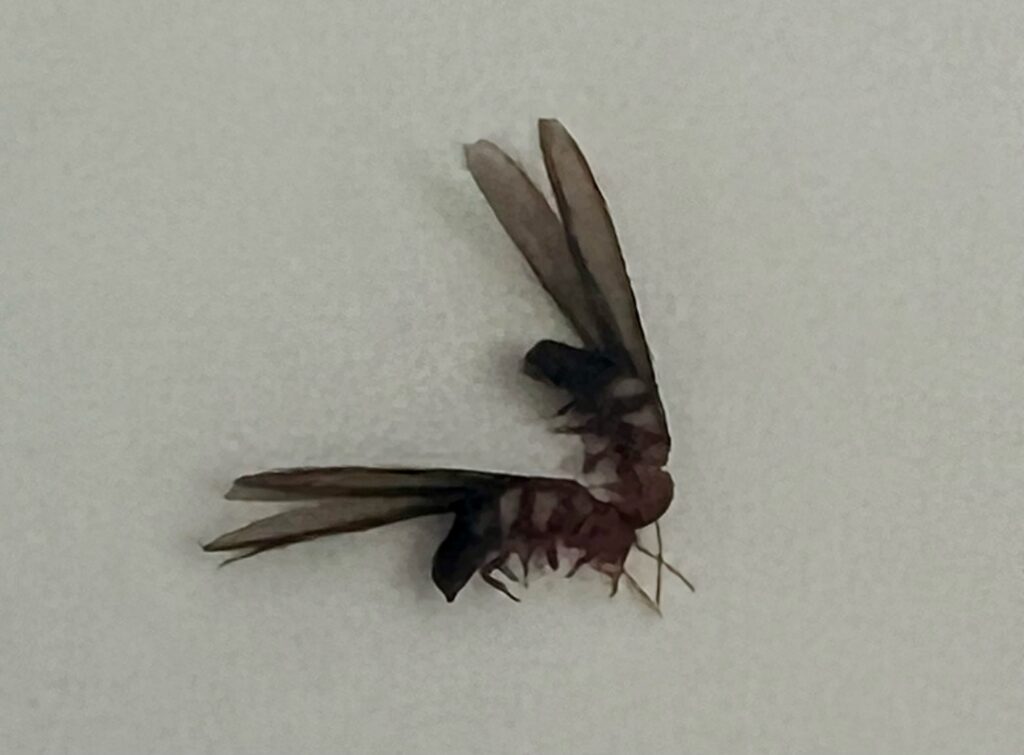
Termites are fascinating insects with complex social structures and impressive reproductive capabilities. It might seem incredible that just two termites—one male and one female—can lay the groundwork for thousands of colonies within 25 years, but this is entirely possible due to their extraordinary life cycle and social behaviors. Let’s delve into the intricacies of how […]
Time to tent your home
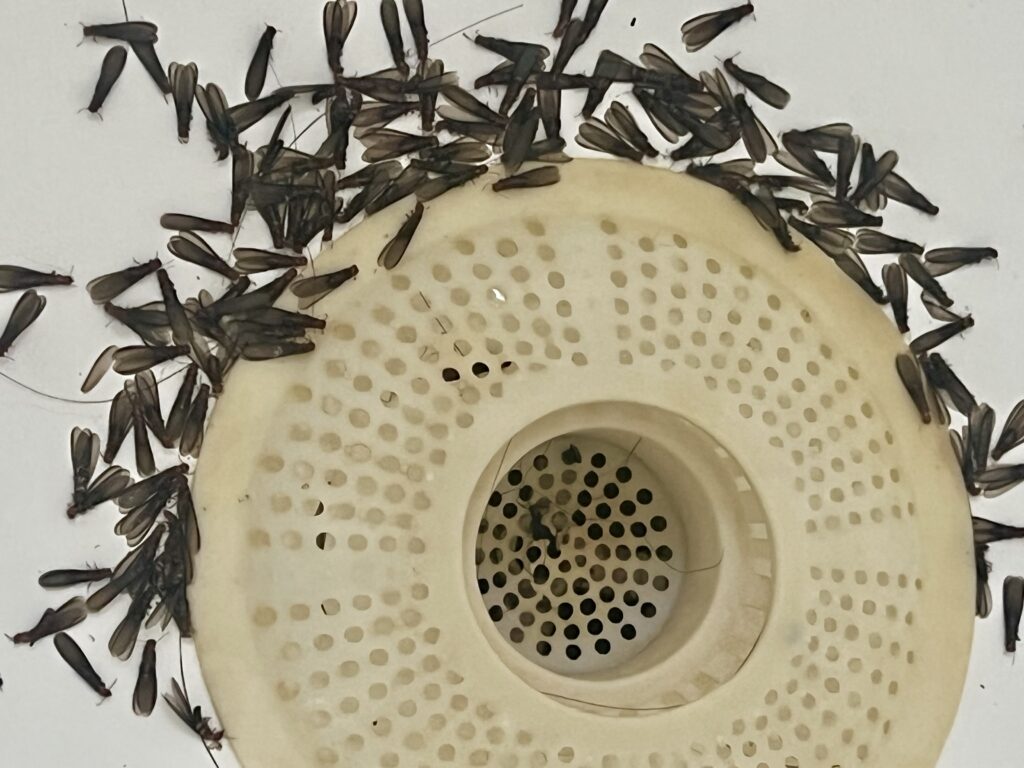
Drywood termites might be small, but they can cause enormous damage to your home if left unchecked. While local treatments and spot fixes can sometimes be effective, there are instances when more drastic measures, such as fumigation, become necessary. If you find yourself struggling with drywood termites year after year despite repeated treatments, it might […]
Drywood termite survival rate
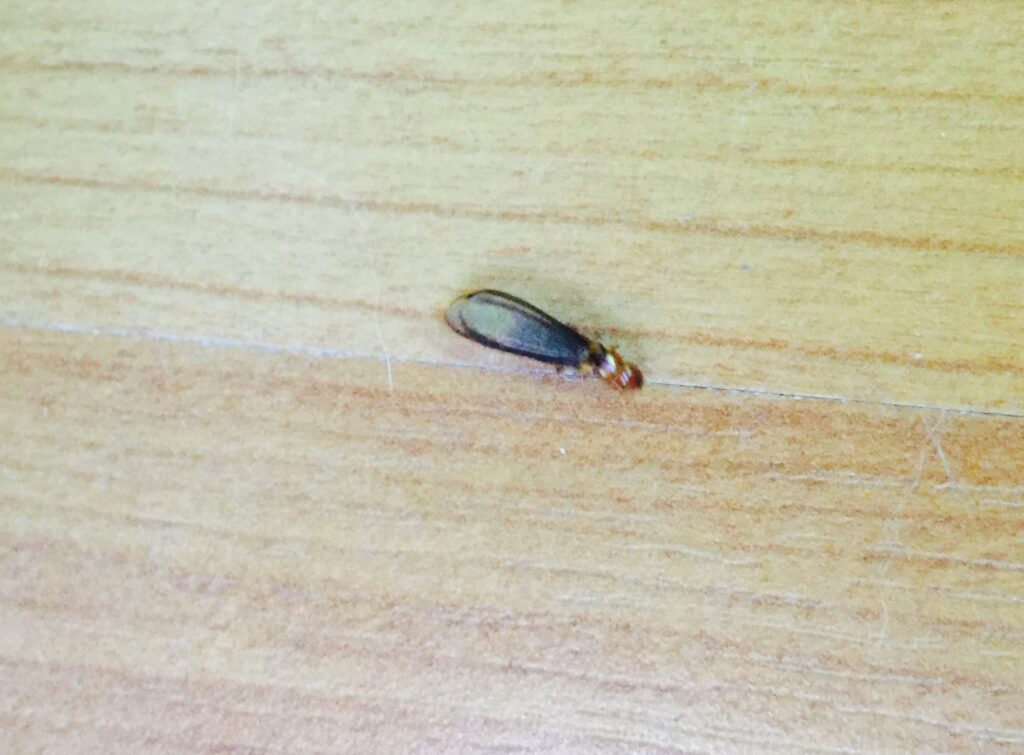
Drywood termites, known for their ability to infest and damage wood structures from the inside out, undergo a critical phase in their life cycle known as the nuptial flight or swarming. During this event, winged reproductive termites, called alates, take to the air in large numbers to mate and establish new colonies. However, the success […]
Drywood kickout hole
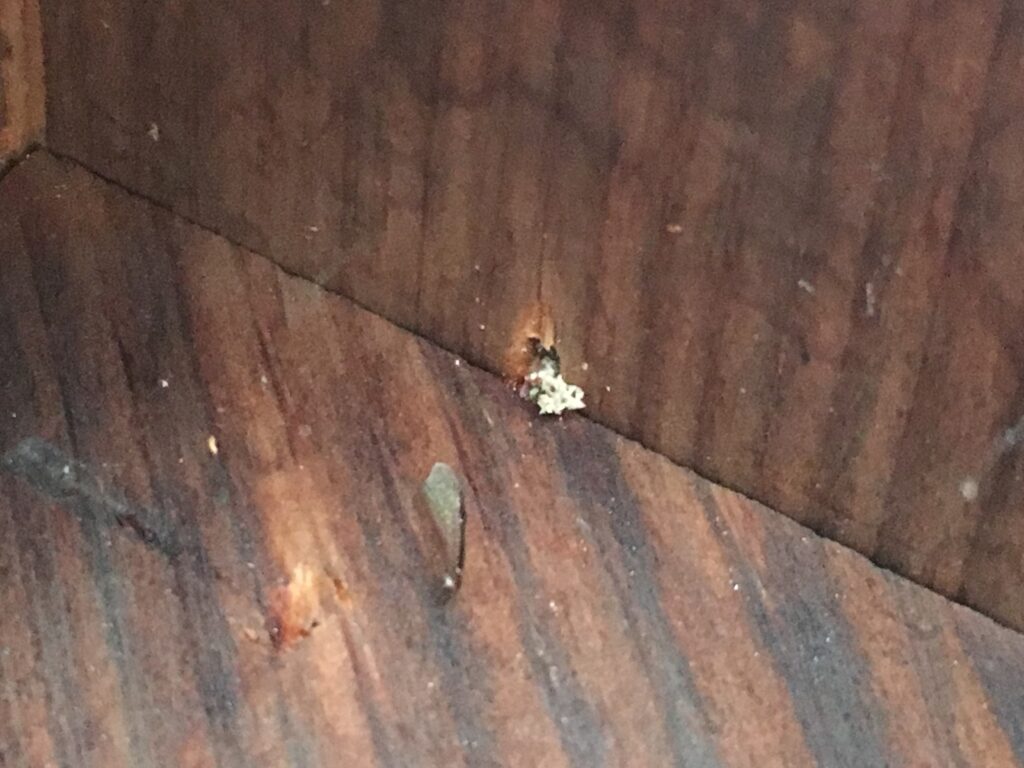
Drywood termites are notorious for their ability to cause significant structural damage to wooden structures, furniture, and more. One of the telltale signs of a drywood termite infestation is the presence of kickout holes, small openings that these termites create in wood to expel their droppings, or frass. Understanding what kickout holes are, how they […]
